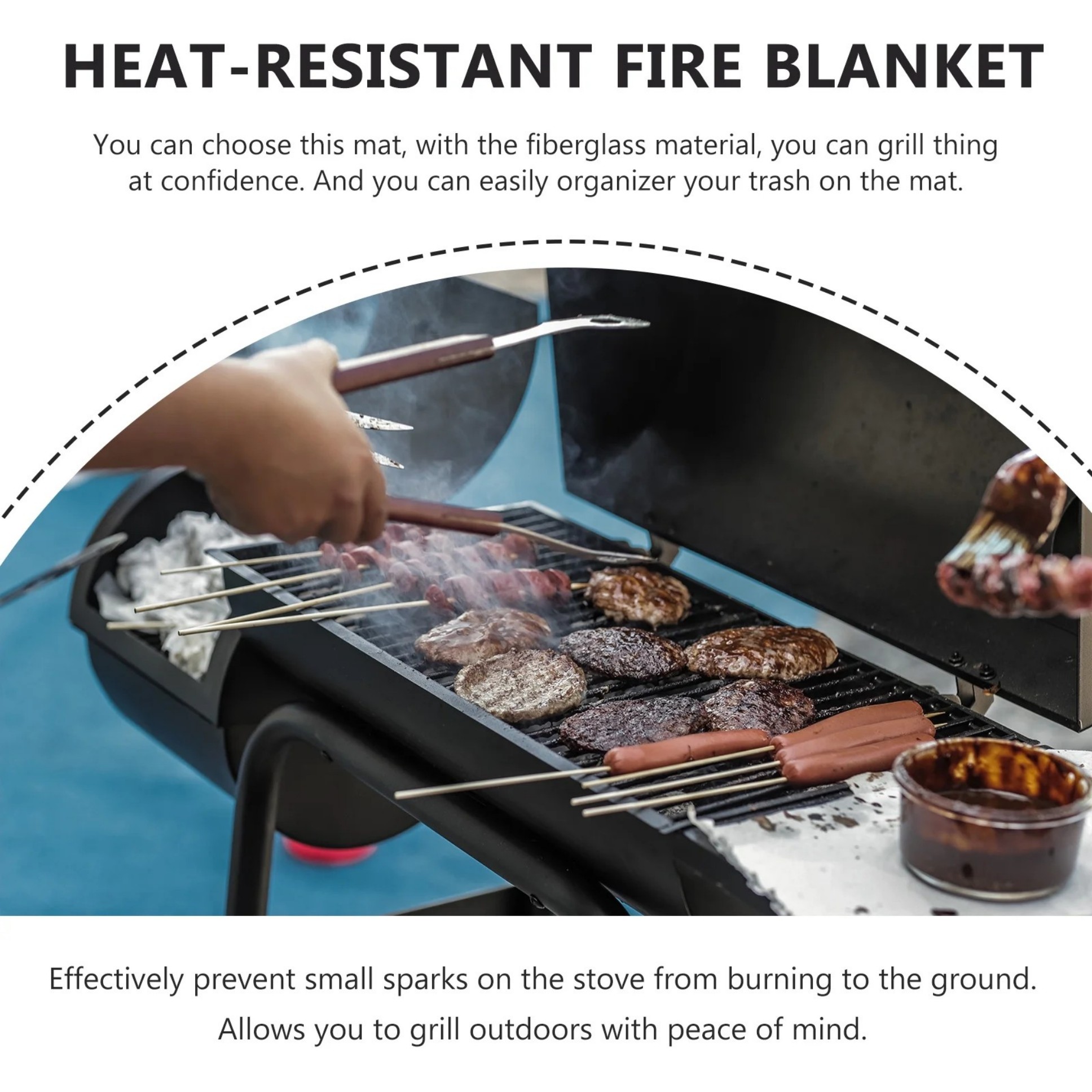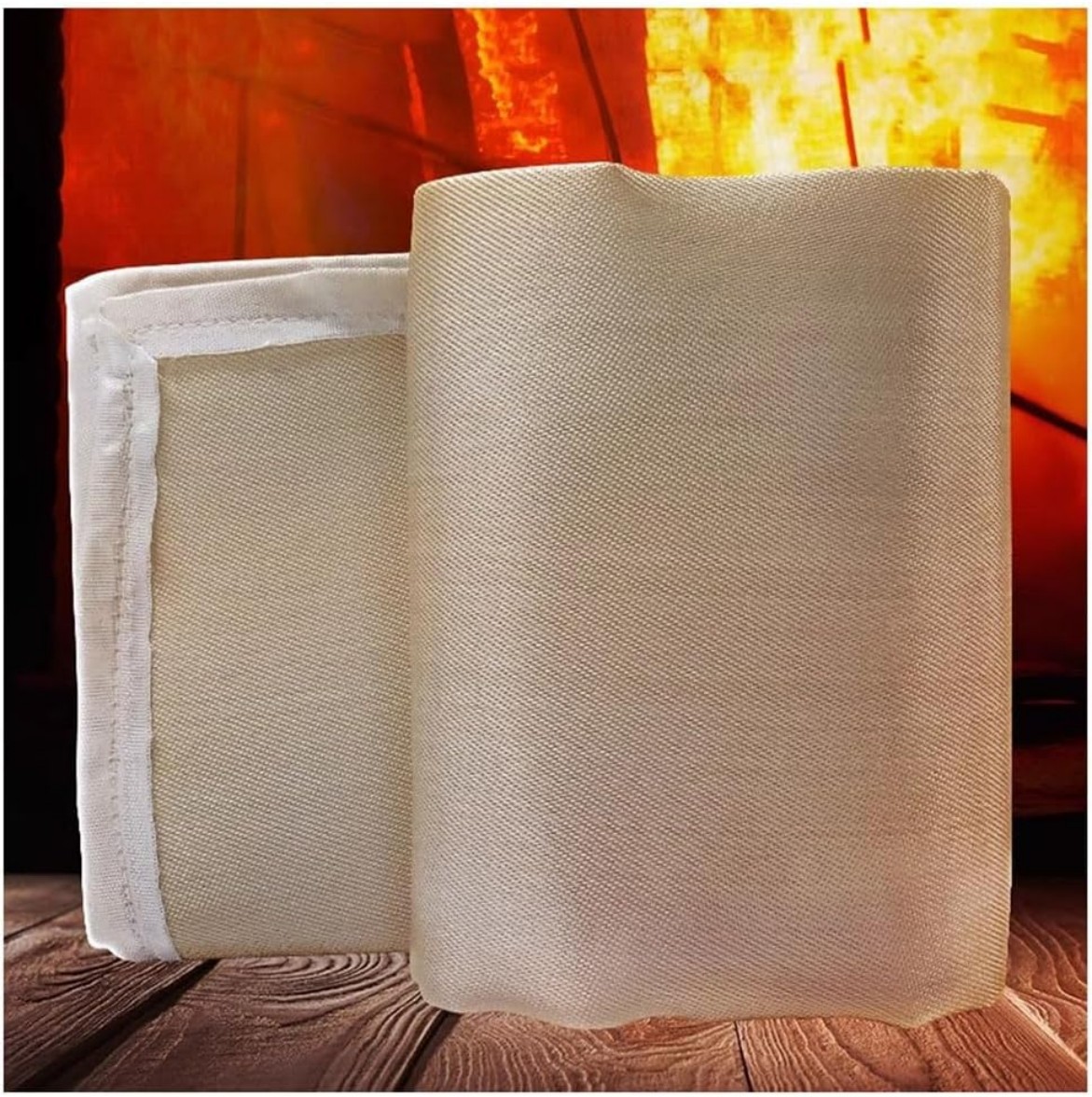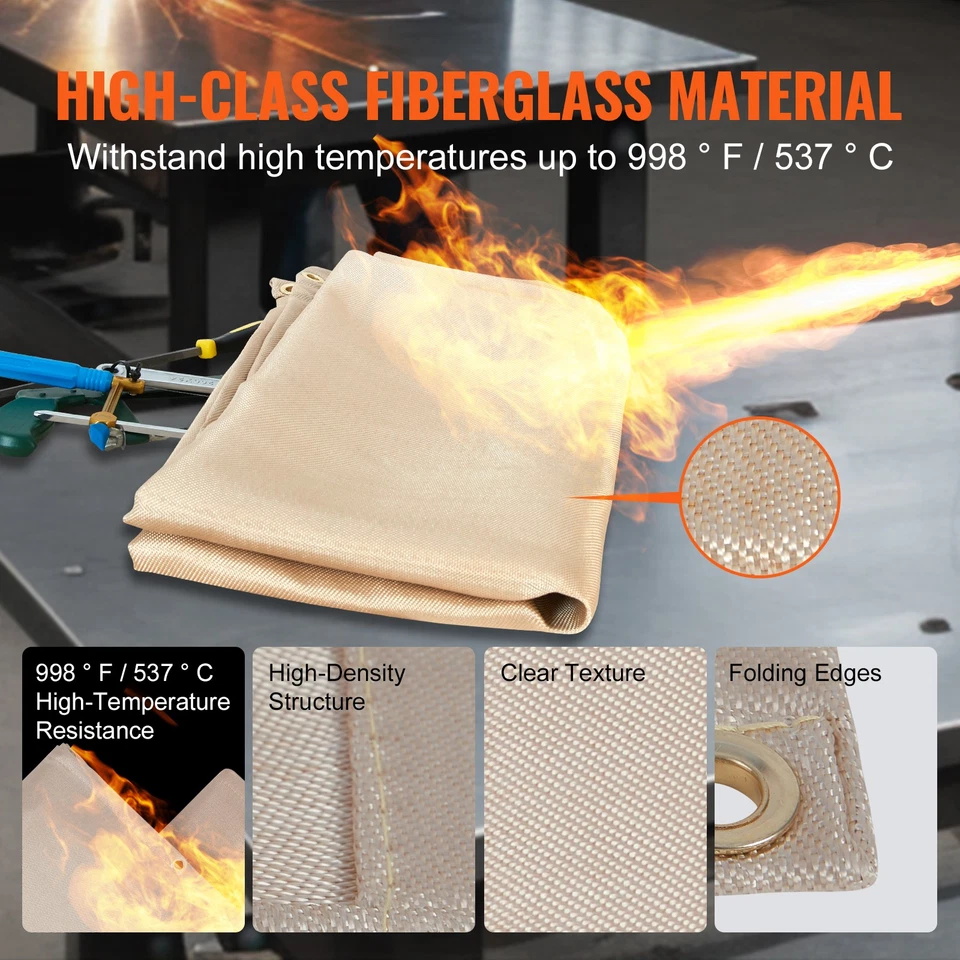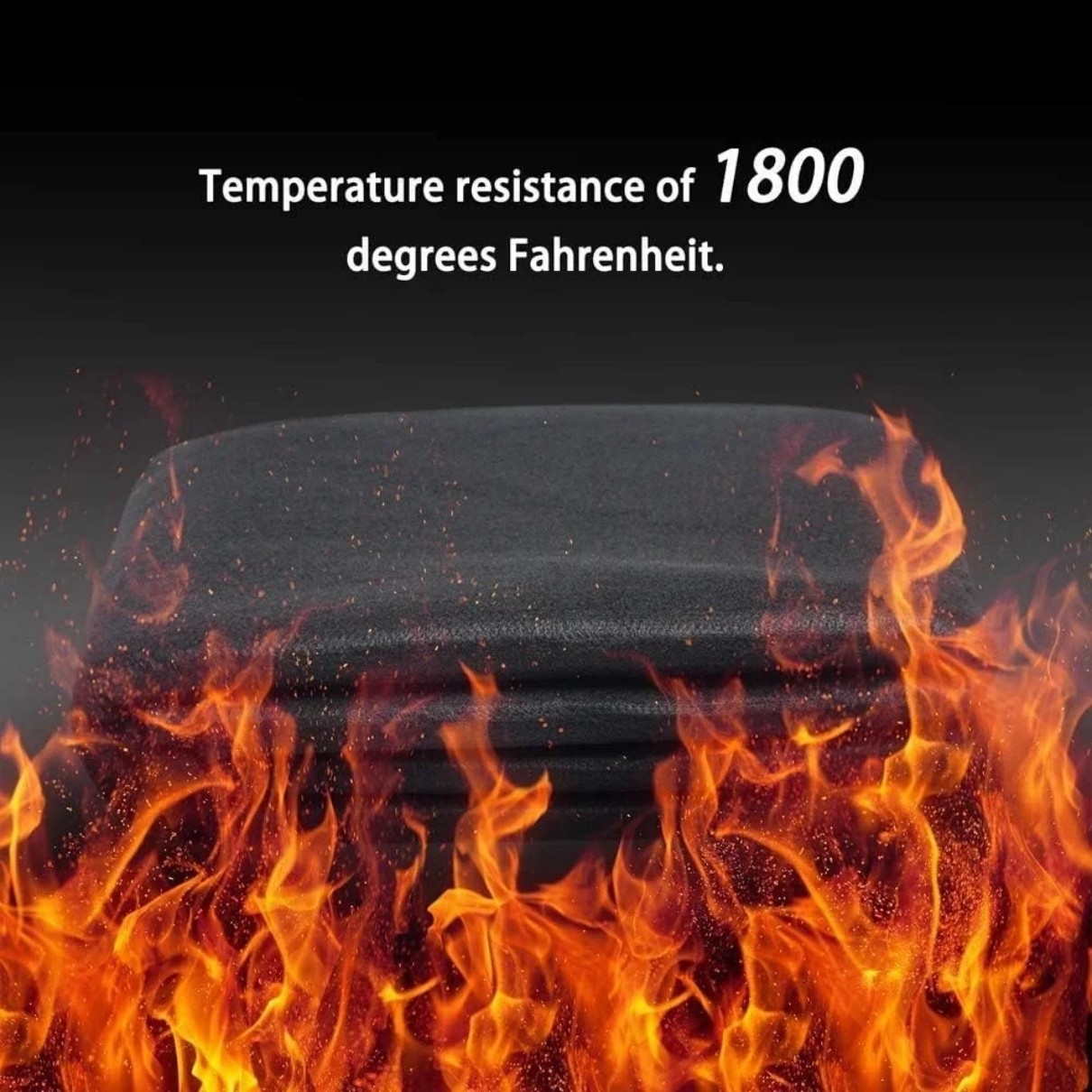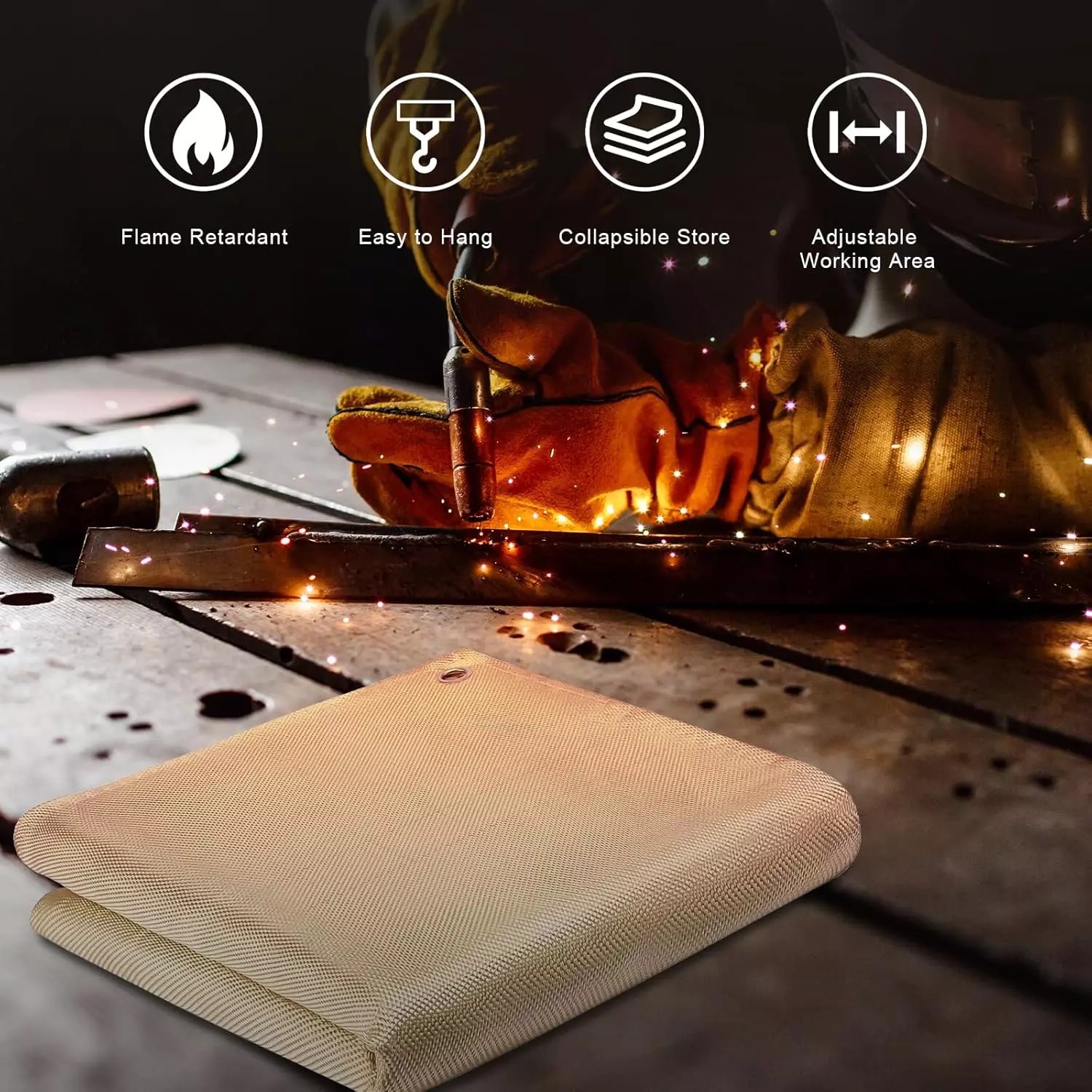
Welding Blanket Melting: Causes, Prevention & Safety Solutions
Summary:Welding blanket melting occurs when heat exceeds material limits. This article explains why it happens, how to prevent damage, and safer alternatives for high-temperature welding applications.
Why Do Welding Blankets Melt?
When your welding blanket melts, it's usually because you've exceeded its temperature rating. Most standard welding blankets handle 1,000-1,800°F (540-980°C). If you're working with plasma cutting, high-amp MIG welding, or oxy-fuel processes, temperatures can reach 3,000°F (1,650°C) or higher.
Common causes of welding blanket melting include:
- Using fiberglass blankets for high-heat applications
- Direct contact with molten metal spatter
- Prolonged exposure to concentrated heat sources
- Using damaged or worn blankets
How to Prevent Welding Blanket Melting
To avoid welding blanket melting during your projects:
- Choose the right material:For temperatures above 2,000°F (1,100°C), switch to ceramic fiber or silica-based blankets.
- Use multiple layers:Stack two thinner blankets rather than one thick layer for better heat distribution.
- Maintain proper distance:Keep the blanket at least 12 inches from direct welding arcs when possible.
- Inspect regularly:Replace blankets showing signs of charring, stiffening, or fiber degradation.
Safety Risks of Melted Welding Blankets
A melted welding blanket creates serious hazards:
- Reduced protection:Melted areas allow sparks and heat to penetrate
- Toxic fumes:Some materials release harmful gases when overheated
- Fire risk:Compromised blankets may ignite nearby combustibles
If you notice welding blanket melting during work, stop immediately and replace the blanket. Never attempt to repair melted sections - the structural integrity is permanently compromised.
Best Alternatives When Standard Blankets Melt
For extreme-heat situations where welding blanket melting occurs:
| Material | Max Temperature | Best For |
|---|---|---|
| Ceramic fiber blankets | 2,300°F (1,260°C) | Plasma cutting, foundry work |
| Silica cloth | 3,000°F (1,650°C) | Oxy-acetylene welding |
| Vermiculite boards | 2,000°F (1,100°C) | Backing protection |
Proper Disposal of Melted Welding Blankets
When your welding blanket shows melting damage:
- Let it cool completely before handling
- Wear gloves to avoid fiberglass irritation
- Seal in a plastic bag before disposal
- Check local regulations - some materials require special handling
Key Takeaways
Welding blanket melting signals you're pushing safety limits. Upgrade to higher-temperature materials when needed, inspect protection gear regularly, and never compromise on heat protection. Your safety system is only as strong as its weakest point - don't let that be a melted welding blanket.


